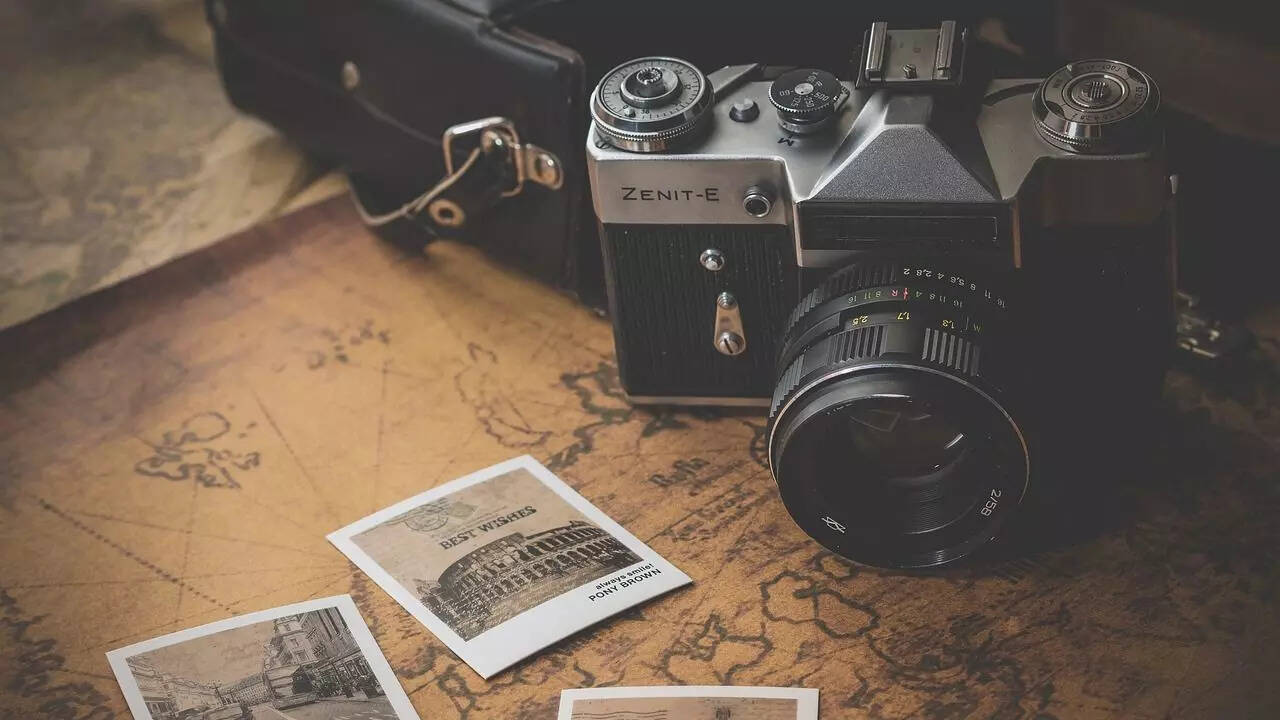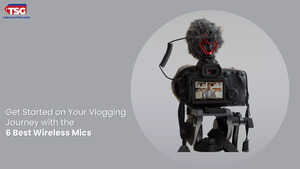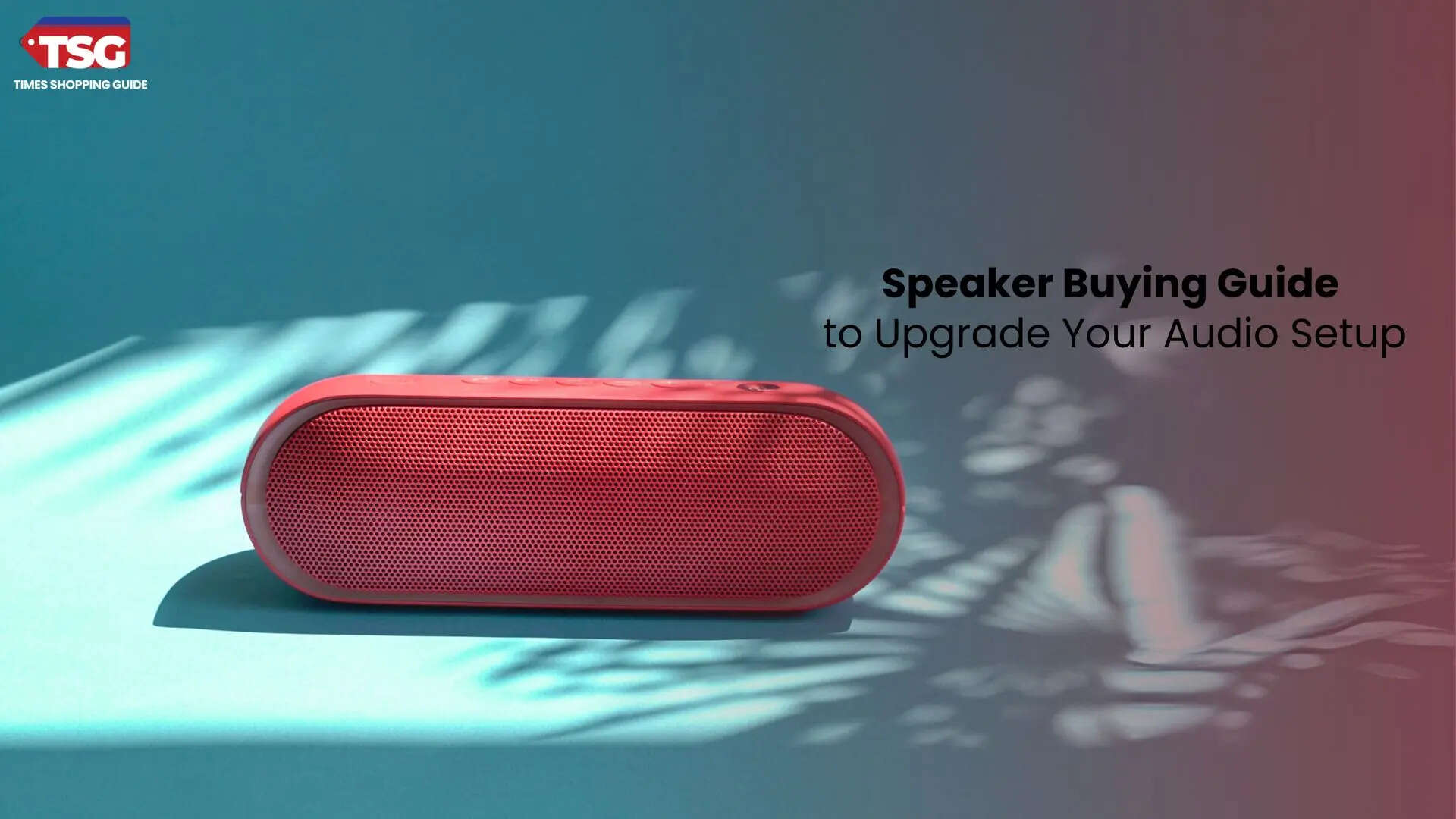- home
- electronics
- buying guides
- how to buy a dslr camera your comprehensive buying guide
How to Buy a DSLR Camera? Your Comprehensive Buying Guide
Everyone loves capturing photos nowadays. DSLR cameras are the ideal choice for anyone interested in photography! If you haven't been shopping for a DSLR before, there are a few things to consider before you purchase your budget. You can also look for the camera online for huge availability and market response.

Why Should You Consider a DSLR Camera?
DSLR cameras are a prevalent choice among picture takers of all aptitude levels due to their uncommon picture quality, flexibility, execution, and unwavering quality in a wide range of shooting circumstances. Whether an apprentice devoted or a prepared proficient, the best DSLR camera offers the devices and capabilities to unleash your inventiveness and capture dazzling pictures.1. Understand Your Needs:
Before diving into the technical specifications, assess your photography needs. Are you a beginner learning the basics, or an experienced photographer seeking advanced professional work features? Identifying your requirements will help you narrow down your options.
2. Set Your Budget:
DSLR cameras come in a wide price range, from entry-level to high-end professional ones. Create a realistic budget based on your needs and stick to it. Remember to account for extra expenses like lenses, memory cards, and accessories.
3. Look for Sensor Size:
The sensor size is significantly influenced by image quality and low-light performance. DSLRs typically have either APS-C or full-frame sensors. Full-frame sensors offer superior image quality but come at a higher cost. APS-C sensors are more economical and suitable for beginners.
4. Consider Offered Megapixels:
While megapixels are often hyped, they are not the only factor of image quality. Higher megapixel counts allow for greater prints and more cropping flexibility. However, for most photography purposes, anything exceeding 20 megapixels suffices.
5. Notice Lens Compatibility:
DSLR cameras offer a vast selection of interchangeable lenses, letting photographers tailor their equipment to specific needs. Consider the availability and variety of lenses compatible with the chosen camera system. Additionally, the cost and quality of lenses significantly enhance image sharpness and versatility.
6. Choose Autofocus System:
A robust autofocus system is essential for capturing sharp images, particularly in fast-paced situations like sports or wildlife photography. Look for DSLRs with advanced autofocus systems offering quick and accurate subject tracking.
7. Look for Burst Rate:
If you're interested in action photography, look at the camera's burst rate, which determines how many photos it can capture per second. A higher burst rate lets you capture decisive moments with precision.
8. Notice Video Capabilities:
With videography becoming increasingly popular, consider the camera's video features if you intend to make videos. Look for DSLR cameras with high-resolution video recording, manual controls, and features such as autofocus during video capture.
9. Look for Ergonomics and Build Quality:
A DSLR's ergonomics and build quality play a vital role in user experience, especially during extended shooting sessions. Ensure that the camera is comfortable and features intuitive controls for easy operation.
10. Consider Brand Reputation and Support:
Choose reliable and reputable camera brands that are customer-friendly and have an extensive collection of accessories and lenses. Canon, Nikon, and Sony have a long-standing reputation in the DSLR market and provide robust support networks.
Key Features to Consider:
1. Image Quality:
DSLR cameras typically feature larger sensors than compact cameras and smartphones, resulting in superior image quality with superior detail, dynamic range, and low-light performance. This allows for sharper, more vibrant images with less noise, particularly in challenging lighting conditions.
2. Interchangeable Lenses:
One of the biggest advantages of DSLR cameras is the ability to interchange lenses, allowing photographers to choose the perfect lens for each shooting scenario. Whether you're capturing portraits, landscapes, macro shots, or sports, various lenses are available to meet your creative needs.
3. Manual Controls:
DSLR cameras provide extensive manual controls, allowing photographers to adjust settings like aperture, shutter speed, ISO sensitivity, and white balance for precise control over exposure and creative effects. This level of customization allows photographers to create unique images and capture them.
4. Speed and Performance:
DSLR cameras have fast autofocus systems, quick shutter speeds, and high burst rates, making them ideal for capturing fast-moving subjects such as sports, wildlife, and action photography. Their responsiveness ensures that photographers can capture the moment with accuracy and speed.
5. Viewfinder Experience:
DSLR cameras feature optical viewfinders that provide a direct, real-time view of the scene through the lens. These viewfinders offer a more immersive and intuitive shooting experience compared to electronic viewfinders (EVFs) found in mirrorless cameras. The optical viewfinder allows photographers to observe the exact framing and composition of their shots without any delay.
6. Durability and Build Quality:
DSLR cameras are built to resist the rigours of proficient use. Their vigorous development, weather-sealing, and ergonomic plans guarantee toughness and unwavering quality in different shooting conditions. Whether you're shooting in extraordinary temperatures, dusty situations, or stormy climates, DSLRs are up to the task.
7. Wide Range of Accessories:
DSLR cameras possess many accessories and compatible equipment, including lenses, flashes, filters, tripods, and camera bags. This wide range of accessories allows photographers to customize their gear to meet their specific needs and expand their creative capabilities.
8. Professional Features:
Many DSLR cameras offer advanced features such as customizable autofocus points, dual memory card slots, in-camera image stabilization, and advanced metering systems, making them suitable for professional photographers who demand precision, reliability, and versatility in their gear.
9. Long Battery Life:
DSLR cameras typically have longer battery life than mirrorless cameras, thanks to optical viewfinders and less power-hungry technology. This ensures that photographers can shoot for extended periods without worrying about running out of battery.
10. Legacy Compatibility:
DSLR cameras often remain compatible with a wide range of legacy lenses and accessories, allowing photographers to use existing investments in glass and equipment when upgrading to a new camera body within the same system.
Conclusion:
Choosing the best camera for photography requires carefully considering different components, counting your photography needs, budget, specialized details, and brand notoriety. By following this comprehensive direct, you'll make an educated choice and contribute in the best DSLR camera that suits your prerequisites and enables your inventive vision.
Best DSLR Cameras: Our Top Recommendations
- Canon EOS 3000D Camera
- Sony Alpha ZV-E10L 24.2 Mega Pixel Interchangeable-Lens Mirrorless Camera
- Nikon D7500 20.9MP Digital SLR Camera
- Canon EOS R10 24.2MP RF-S18-45mm f/4.5-6.3 IS
- Nikon Z50 Mirrorless Camera
- Panasonic LUMIX G7 16.00 MP 4K Mirrorless Interchangeable Lens Camera
FAQs
1. How do I know which DSLR to buy?
To get the one that suits you best, you need to consider your purpose, budget, requirements, features, and so on. A good DSLR camera buying guide will help you determine the right one.2. How do I select which camera to buy?
Imperative specs to check out when buying a camera online are autofocus speed, outlines per moment (fps), startup time, and, generally, operational speed evaluations. The fps rating is the number of photographs, shots, or outlines a camera can capture per moment. Higher fps evaluations offer smoother and clearer pictures or videos.3. How many megapixels are good for a camera?
The number of megapixels that will be suitable for most photographers is between 10-20 megapixels.Disclaimer: Times Shopping Guide is committed to bringing you the latest products from the best brands. Our selection is based on market research and positive consumer feedback. Times Shopping Guide is also a part of an affiliate partnership. In line with this, we may receive a portion of the revenue from your purchases. Please note that the product prices are subject to change based on the retailer's deals.








